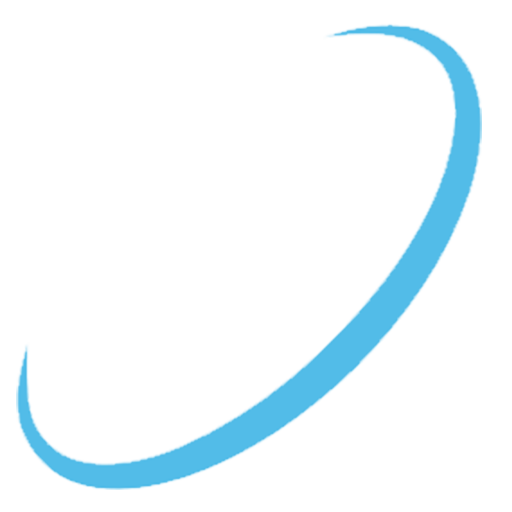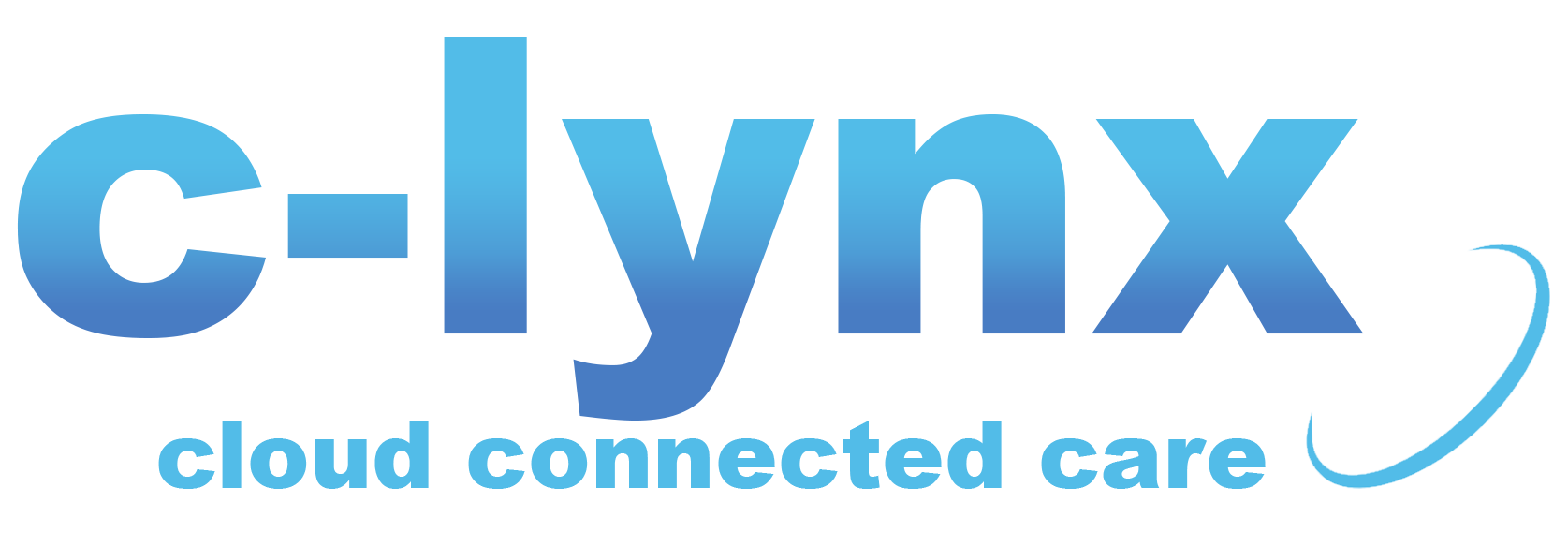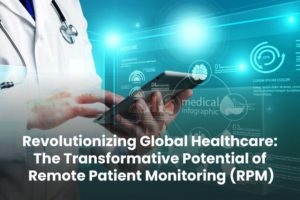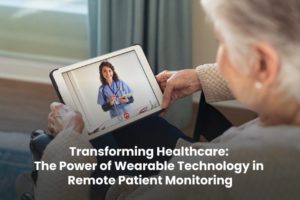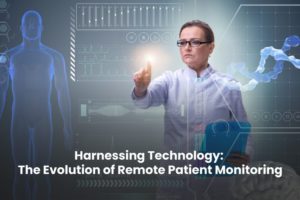What is Remote Patient Monitoring? All You Need To Know Introduction
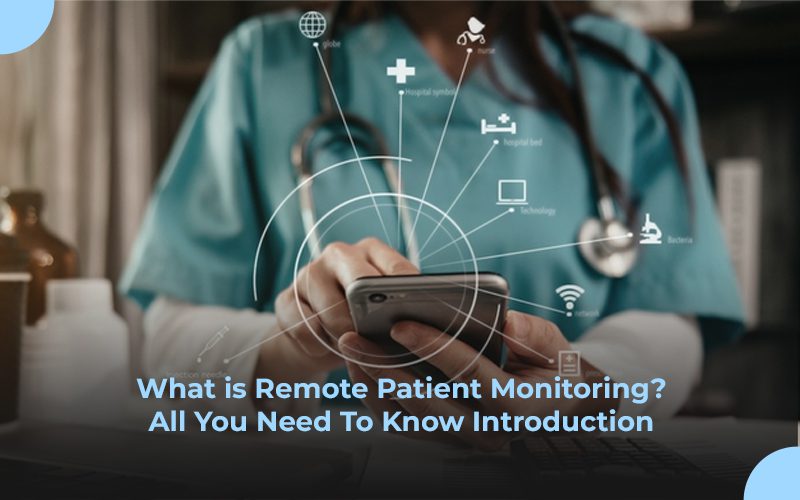
Remote patient monitoring (RPM) is a healthcare technology that allows doctors and other healthcare professionals to monitor and manage the health of their patients remotely. This technology is becoming increasingly popular as it allows patients to receive care from the comfort of their own homes, while also providing healthcare professionals with real-time data on their patients’ health. In this blog post, we will explore the basics of remote patient monitoring, including what it is, how it works, and its potential benefits.
What is Remote Patient Monitoring?
Remote patient monitoring is a type of telemedicine that uses technology to collect and transmit data from patients to healthcare professionals. This data can include things like vital signs, such as blood pressure and heart rate, as well as more complex data like ECG or blood glucose levels. The data is collected using devices such as wearables, mobile apps, and other connected devices, which are then transmitted to the healthcare professional through the internet.
How Does Remote Patient Monitoring Work?
The process of remote patient monitoring typically begins with the healthcare professional prescribing a device or devices to the patient. These devices can include things like wearable fitness trackers, smartwatches, blood glucose meters, and more. Once the patient has the device, they will typically be trained on how to use it and how to transmit the data it collects to the healthcare professional.
Once the data is collected, it is transmitted to the healthcare professional through the internet. The healthcare professional can then view the data in real-time and use it to monitor the patient’s health and make any necessary adjustments to their care plan.
Potential Benefits of Remote Patient Monitoring
Remote patient monitoring offers a number of potential benefits for both patients and healthcare professionals. Some of the most significant benefits include:
- Improved patient outcomes: By providing healthcare professionals with real-time data on their patients’ health, remote patient monitoring can help them make more informed decisions about their care. This can lead to improved patient outcomes, such as better blood pressure control and reduced hospital readmissions.
- Increased patient engagement: Remote patient monitoring can also help patients feel more engaged in their own care. By giving them access to their own data, patients can become more informed about their health and more motivated to make positive changes to improve it.
- Reduced healthcare costs: Remote patient monitoring can also help to reduce healthcare costs. By allowing patients to receive care at home, it can reduce the need for hospital visits and other in-person appointments. Additionally, remote patient monitoring can help to identify health problems early, which can help to prevent more serious and costly health issues down the road.
- Better access to care: Remote patient monitoring can also help to improve access to care for patients living in remote or underserved areas. By allowing patients to receive care remotely, it can help to bridge the gap between patients and healthcare professionals and ensure that more people have access to the care they need.
Conclusion
Remote patient monitoring is a powerful healthcare technology that can improve patient outcomes, increase patient engagement, reduce healthcare costs, and improve access to care. It utilizes technology to collect and transmit data from patients to healthcare professionals, allowing them to monitor the patients’ health remotely in real-time. As technology continues to advance and healthcare systems are looking for more cost-effective ways to deliver care, RPM is likely to play an increasingly important role in healthcare.
